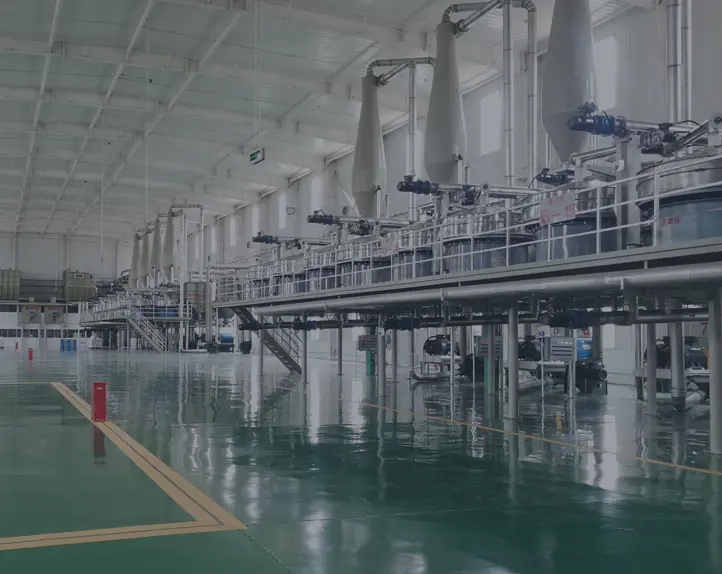
Nov . 15, 2024 00:24 Back to list
hydroxypropyl methyl cellulose ether
Hydroxypropyl Methyl Cellulose Ether A Versatile Polymer for Various Applications
Hydroxypropyl methyl cellulose (HPMC) is a modified cellulose ether that has gained prominence in various industries due to its unique properties and wide range of applications. This non-ionic cellulose ether is synthesized by reacting cellulose with propylene oxide and methyl chloride, resulting in a multifunctional polymer that is soluble in cold water and provides thickening, binding, and film-forming capabilities.
Properties of Hydroxypropyl Methyl Cellulose
HPMC is characterized by its exceptional water retention, viscosity, and emulsifying properties. Its water-soluble nature allows it to form a stable gel, which is crucial in many applications. The degree of substitution of hydroxypropyl and methyl groups can be adjusted during the synthesis process, enabling manufacturers to fine-tune the viscosity and solubility to meet specific requirements. This versatility is one of the main reasons why HPMC is favored in various formulations.
Additionally, HPMC is recognized for its stability across a wide range of pH levels, making it suitable for use in both acidic and alkaline environments. It is also resistant to enzymatic degradation, enhancing its efficacy in applications that require a prolonged release of active ingredients.
Applications in the Food Industry
In the food industry, hydroxypropyl methyl cellulose serves multiple functions. It is commonly used as a thickening agent, stabilizer, and emulsifier in sauces, dressings, and baked goods. Its ability to retain moisture makes it an essential ingredient in low-fat and gluten-free formulations, helping to mimic the texture that fat typically provides. Furthermore, HPMC is often utilized to improve the mouthfeel of food products without significantly altering their taste.
Role in Pharmaceuticals and Healthcare
hydroxypropyl methyl cellulose ether

The pharmaceutical industry also benefits greatly from HPMC. It is frequently employed as an excipient in the formulation of tablets and capsules, where it acts as a binder, helping to hold the components together while aiding in the controlled release of active ingredients. Additionally, its film-forming properties are utilized in the production of coatings that protect sensitive drugs from environmental factors and enhance their swallowability for patients.
In topical formulations, HPMC serves as a gel-forming agent and stabilizer, making it ideal for creams, lotions, and gels. Its non-toxic and hypoallergenic properties further enhance its suitability for use in personal care products.
Applications in Construction
In the construction industry, hydroxypropyl methyl cellulose is integral to the formulation of mortars, plasters, and adhesives
. It improves the workability of these materials, allowing for easier application and better adhesion to surfaces. The water-retention capabilities of HPMC ensure that mortars attain optimal hydration during curing, leading to enhanced strength and durability.HPMC is also beneficial in dry-mix applications, where it helps maintain consistency and prevents segregation of ingredients. This adaptability makes it a valuable additive in the manufacture of various construction materials.
Conclusion
Hydroxypropyl methyl cellulose ether is a remarkable polymer with diverse applications across many industries, including food, pharmaceuticals, and construction. Its unique properties such as water solubility, thickening ability, and stability in varying pH levels make it an attractive choice for formulators seeking reliable and effective ingredients.
As the demand for natural and functional ingredients continues to rise, the importance of HPMC is likely to increase. With ongoing research and development, its applications may expand further, solidifying its position as a versatile and essential component in modern manufacturing processes. Whether in enhancing food textures, ensuring drug efficacy, or improving construction materials, hydroxypropyl methyl cellulose ether stands out as a vital polymer that addresses the needs of today’s industries.
-
Why HPMC is a Key Additive in Wall Putty Formulations
NewsAug.05,2025
-
Redispersible Powder in Decorative Renders: Function Meets Finish
NewsAug.05,2025
-
Redispersible Powder for Interior Wall Putty: Smooth Results Every Time
NewsAug.05,2025
-
HPMC’s Water Retention Capacity in Dry Mortar Applications
NewsAug.05,2025
-
HPMC Factory Contributions to Liquid Detergents
NewsAug.05,2025
-
How HPMC Factory Products Change Detergent Textures
NewsAug.05,2025







